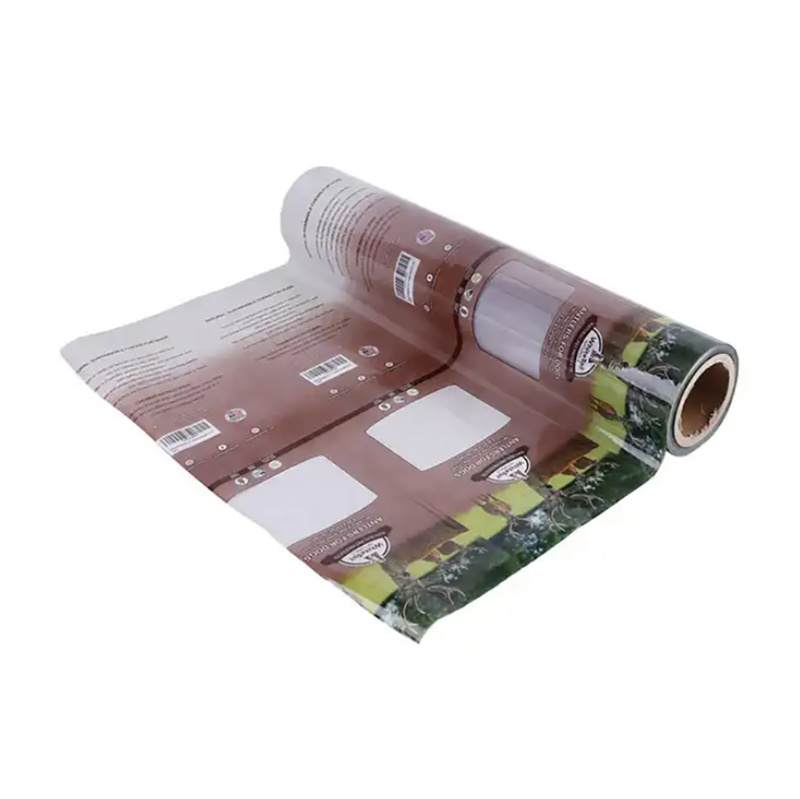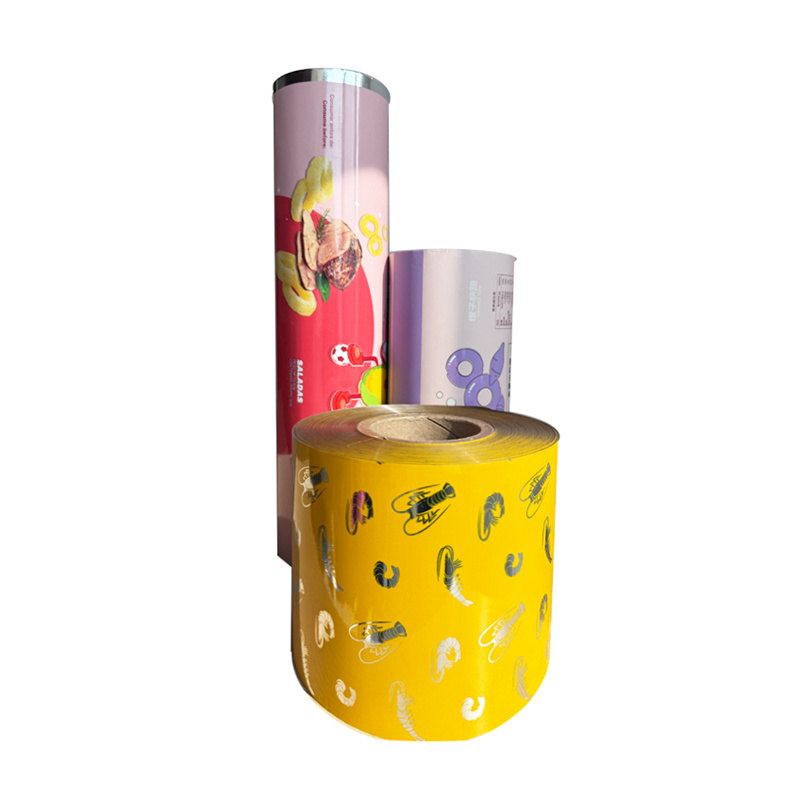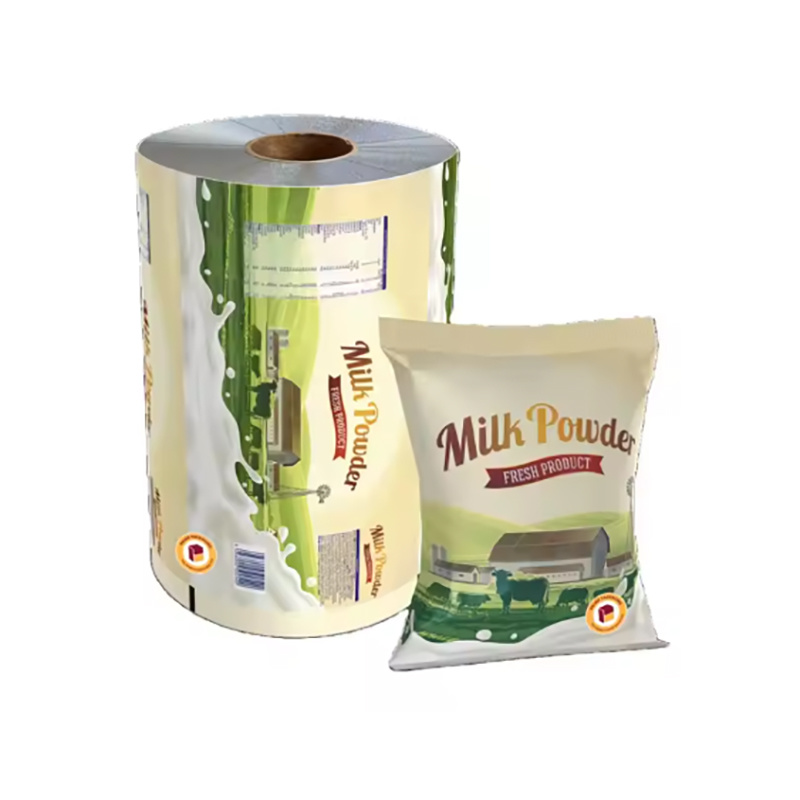Non-woven bags, also known as non-woven bags, are a type of eco-friendly packaging bag. Below is a detailed introduction to non-woven bags:
Material Properties
Non-woven bags use non-woven fabric as a raw material. Non-woven fabric is a non-woven material directly formed from polymer chips, short fibers, or long filaments through various fiber web forming methods and consolidation techniques. It is a new type of fiber product with characteristics of softness, breathability, and a planar structure. Non-woven fabrics have the following properties:
Durable: Non-woven fibers are tightly bound together and are not easily torn.
Good breathability: The fiber structure allows gases to pass through easily.
Moisture-proof: Effectively prevents water penetration.
Lightweight: Low density, easy to carry.
Non-flammable: Not easily combustible, high safety.
Biodegradable: Naturally decomposes outdoors within 90 days, excellent environmental performance.
Non-toxic and non-irritating: Harmless to the skin, safe to use.
Rich in color: Can be dyed in various colors as needed.
Inexpensive: Relatively low production cost, affordable price.
Production Process
The production process of non-woven bags mainly includes the following types:
Hydroentanglement: Using high-pressure micro-fine water jets to spray fiber webs, causing the fibers to intertwine.
Thermal bonding: Heating the fiber web to fuse it together.
Air-laying: Using airflow to open the fibers and consolidate them into a web.
Wet-laid: Opening fibers into single fibers in an aqueous medium, then making a fiber slurry, then forming a web and strengthening it.
Spun-bonding: After the polymer is extruded and stretched into continuous filaments, it is laid into a web and consolidated.
Melt-blown: Melting and extruding the polymer into fibers, then cooling it into a web and consolidating it.
Needlepunching: Consolidating a fluffy fiber web with needles.
Sewing: Using a warp-knitted structure to consolidate the fiber web.
Application Classification
Due to the advantages of being environmentally friendly and durable, non-woven bags are widely used in various fields, mainly including:
Advertising: Used for corporate promotion and product promotion.
Education: Disseminating knowledge and cultural information.
Gifts: Given as gifts, with commemorative significance.
Commemoration: Used for celebrations and anniversaries.
Simple: Meets basic packaging needs, affordable.
Other types: For example, trendy and retro styles, designed according to fashion trends or retro styles.
Printing Process
The printing processes for non-woven bags mainly include screen printing, water transfer printing, and gravure printing. Among them, screen printing is a more commonly used process, but may have problems such as odor, uneven color, and easy peeling. Water transfer printing uses water-based elastic glue as the printing medium, with good coloring power, strong covering power, washable, and odorless. Gravure printing is suitable for specific products such as composite non-woven bags.
Environmental Advantages
Compared with traditional plastic bags, non-woven bags have significant environmental advantages. First, non-woven bags can be reused and washed, reducing the use of disposable packaging materials such as plastic bags. Second, non-woven materials are easy to decompose and will not cause long-term environmental pollution. Therefore, non-woven bags are widely used in environmental protection publicity and green packaging.
In summary, non-woven bags are environmentally friendly packaging bags with many advantages and wide applications. In future development, with the continuous improvement of people's environmental awareness and technological progress, the application of non-woven bags will become more widespread, becoming an important force in promoting green packaging and sustainable development.
TAG:
Previous
Next
Previous
Next





Non-woven bag
Category:
Product inquiry
NOTE: Please leave your email, our professional person will contact you asap!













